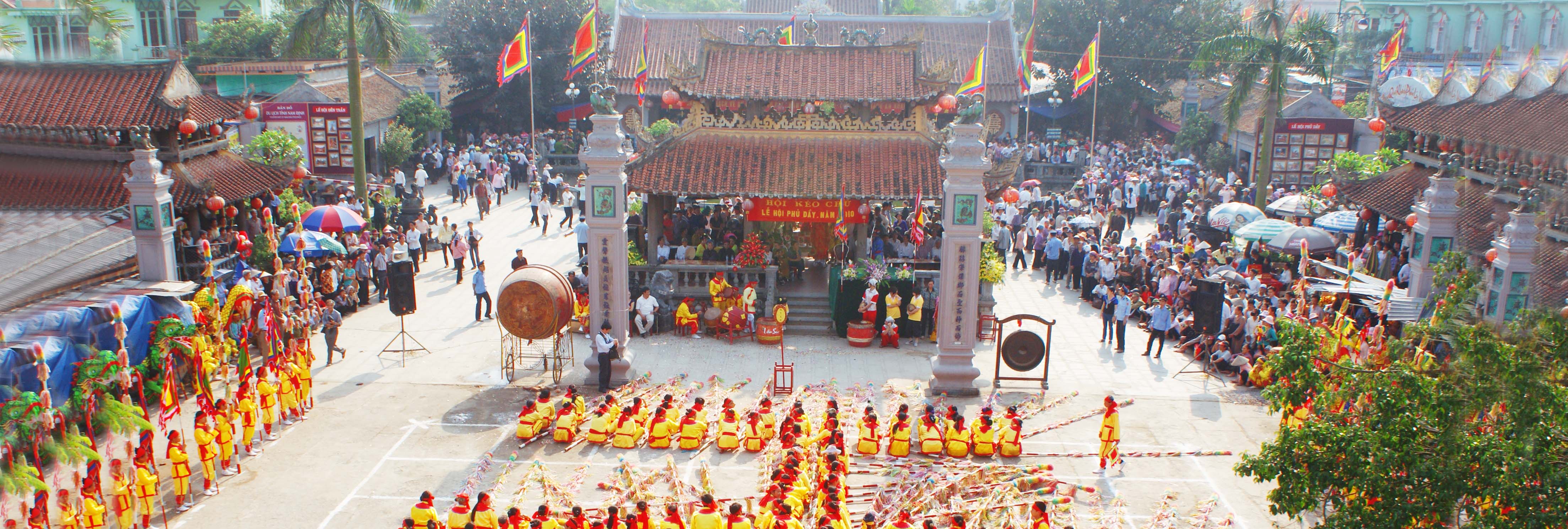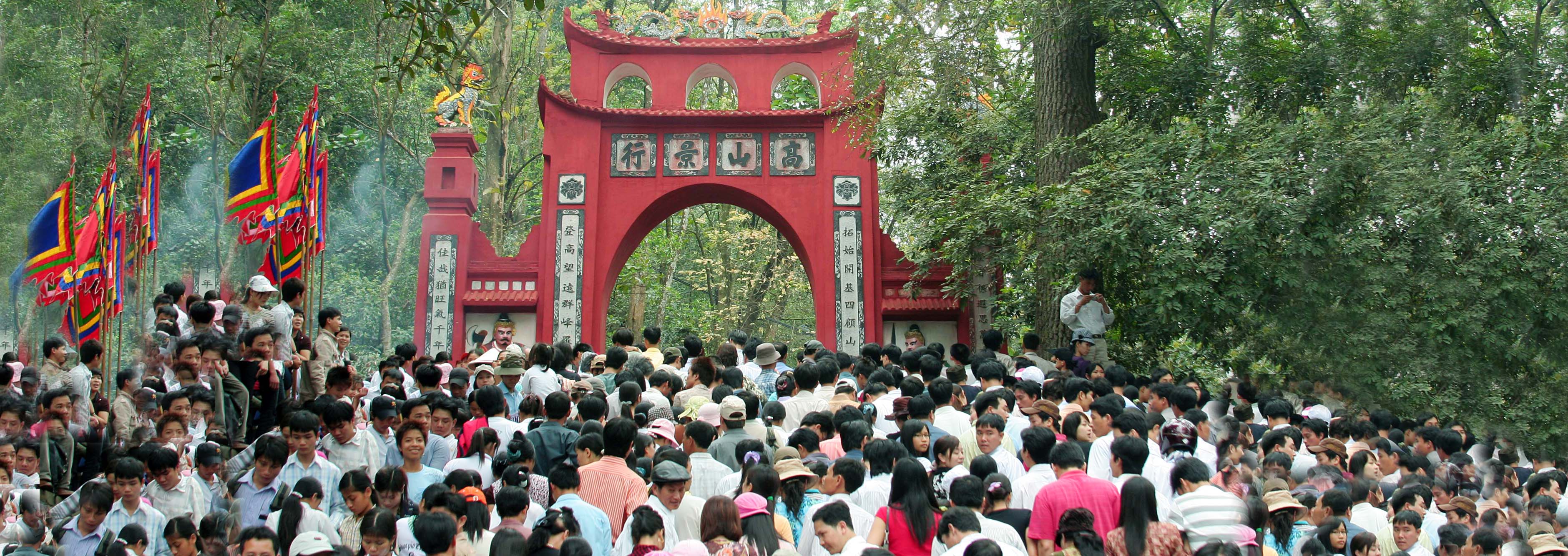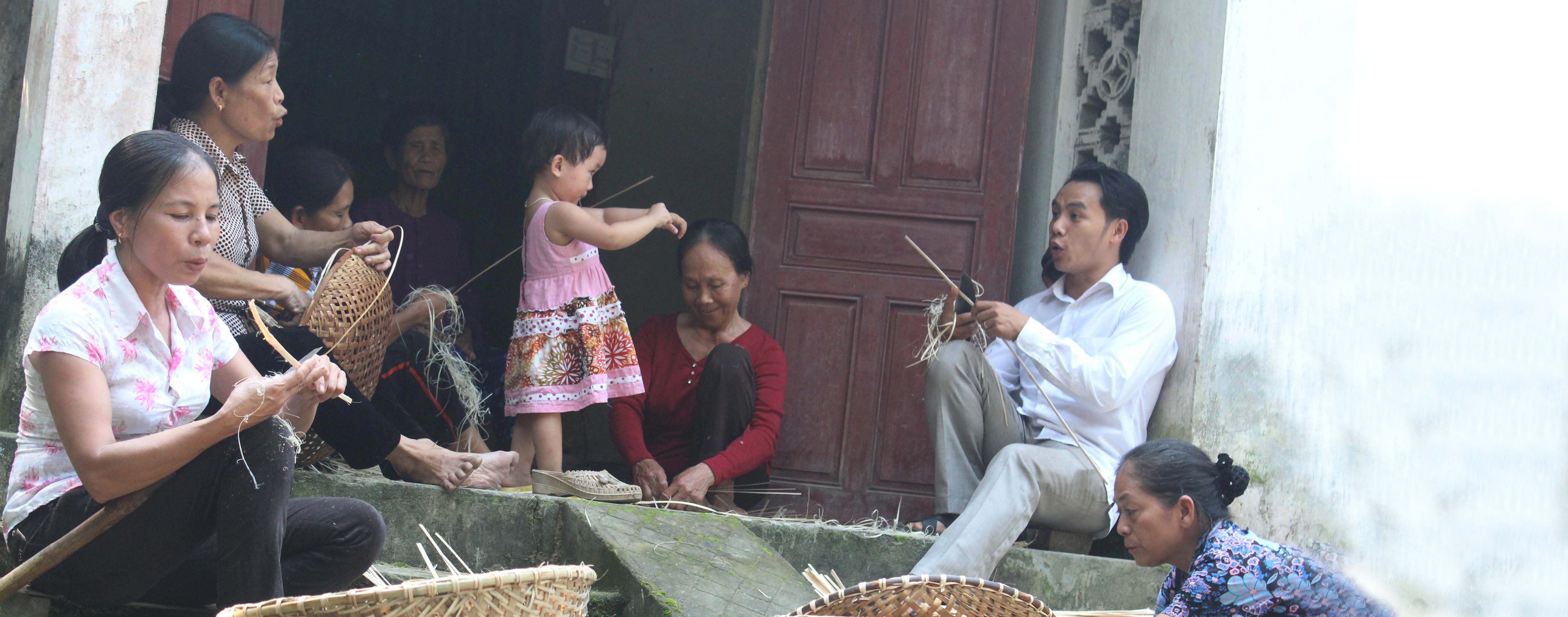-

Bac Ninh Quan Ho folk songs
Bac Ninh Quan Ho folk songs are the result of spontaneous creativity, improvisational theater through exams for the singing ...
-

Viet beliefs in the mother goddnesses of three realms
On the ground, the worship of female spirits, beliefs in the Mother Goddesses of Three Realms
-

The Worship of Hùng Kings in Phú Thọ
The Việt worship Hùng Kings as forefather of nation-country
-

Ví and Giặm Folk Songs of Nghệ Tĩnh
Ví and Giặm Folk Songs occupy an important position in the cultural and spiritual life of Nghệ Tĩnh people
Overview
According to the most recent regulations of UNESCO, one of the criteria for recognition of an intangible cultural heritage is to be able to conduct the inventory, cataloging, updating and widely published on the Internet. In fact, many systems built to current inventory and most of the inventory previously focused on protecting heritage (as set out in the 2003 Convention). Some systems are designed researchers to meet their own needs. Moreover, some old inventory out particularly problematic because they may have been made in the context of colonial or as part of the nation building activities. Both Article 11 (b) and Article 12 of the Convention implies that the entire cultural heritage of a country's intangible should be inventoried, because this refers to the cultural heritage is intangible on the territory of the Member States. Therefore, the inventory should be comprehensive and complete as possible.
This content is comming soon!
Up to the large number of intangible heritage will be identified and included in the list, may need to set some priorities. In this case, the legacy is the community or those who practice them recognized as having special meaning important to their identities or special representative of the cultural heritage of their intangible first be inventoried. The objective of the establishment of the inventory as a protective measure should not be forgotten. Therefore, in the case may, the ability to maintain an inventory of heritage should be presented briefly and the threats to their existence should be indicated.
To achieve a certain level of the typical heritage inventory as quickly as possible, the State may start the construction of inventories by providing relatively brief information . Some legacy may be paying more attention to heritage, but should introduce each heritage as much as possible under the same sample and instructions detailed information elsewhere instead lumped all of this information on the inventory.
The inventory should be updated regularly, as prescribed in Article 12 of the Convention. This is of vital importance by the fact that cultural heritage intangible constantly evolving and the threat to its viability may appear very rapidly. Many national inventories heritage has ceased to exist, while many other categories that contain information about the practice has changed fundamentally. The Member States are obliged to provide information on a regular basis regarding their inventories, including information on the process of regularly updating this list.
Most of the inventory will include a method of classification of cultural heritage intangible. Maybe start with legacy forms listed in Article 2.2 of the Convention: the traditions and oral expressions, including language as a vehicle such as the transmission of intangible cultural heritage Can; the performing arts; social practices, rituals and festive events; knowledge and practices concerning nature and the universe; and traditional craftsmanship.
Thus, the preparation and arrangement of information in an inventory of intangible cultural heritage present not yet fully agreed and as no system. Therefore, building a software in order to update and publish the list of the inventory of intangible cultural heritage could a systematic, normative and scientific work needed to meet the current urgent need for the actual situation.
In Vietnam, the Ministry of Culture, Sports and Tourism has defined and very specific instructions, detailed in Circular 04/2010 / TT-BVHTTDL about moving the inventory Regulation Intangible cultural production and scientific documentation of cultural heritage to be included in the intangible cultural heritage list of intangible Country.
Based on the content of Circular 04/2010 / TT-BVHTTDL, Projects Software inventory list of cultural heritage Intangible Cultural Institute National Art Vietnam to build a system of information technology application serves to codify, store and manage the entire list items of cultural heritage on a national intangible scientifically, detailed that the Institute has been conducting research and inventory.
Arts and Culture Institute National Vietnam
CLASSIFICATION
CATEGORY
LINK


VIET NAM INSTITUTE OF CULTURE AND ARTS STUDIES
License No. 348 /GPSĐBS-TTDT by the Authority of Broadcasting and Electronic Information
Ministry of Information and Communication, dated July 09th, 2015
Editor-in-chief: Assoc. Prof. Dr. Bùi Hoài Sơn
Address: 32 Hào Nam Street - Đống Đa District - Hà Nội
Tel: (84-24) 38569162 - (84-24) 35111095 Fax: (84-24) 35116415
Email: info@vicas.org.vn Website: http://vicas.org.vn
Acknowledge "VICAS" as the source when re-issuing information from this website












